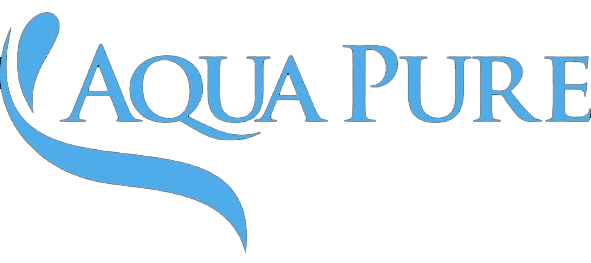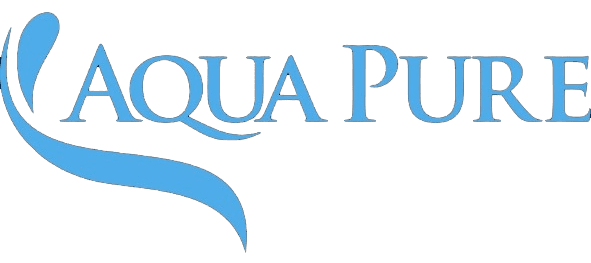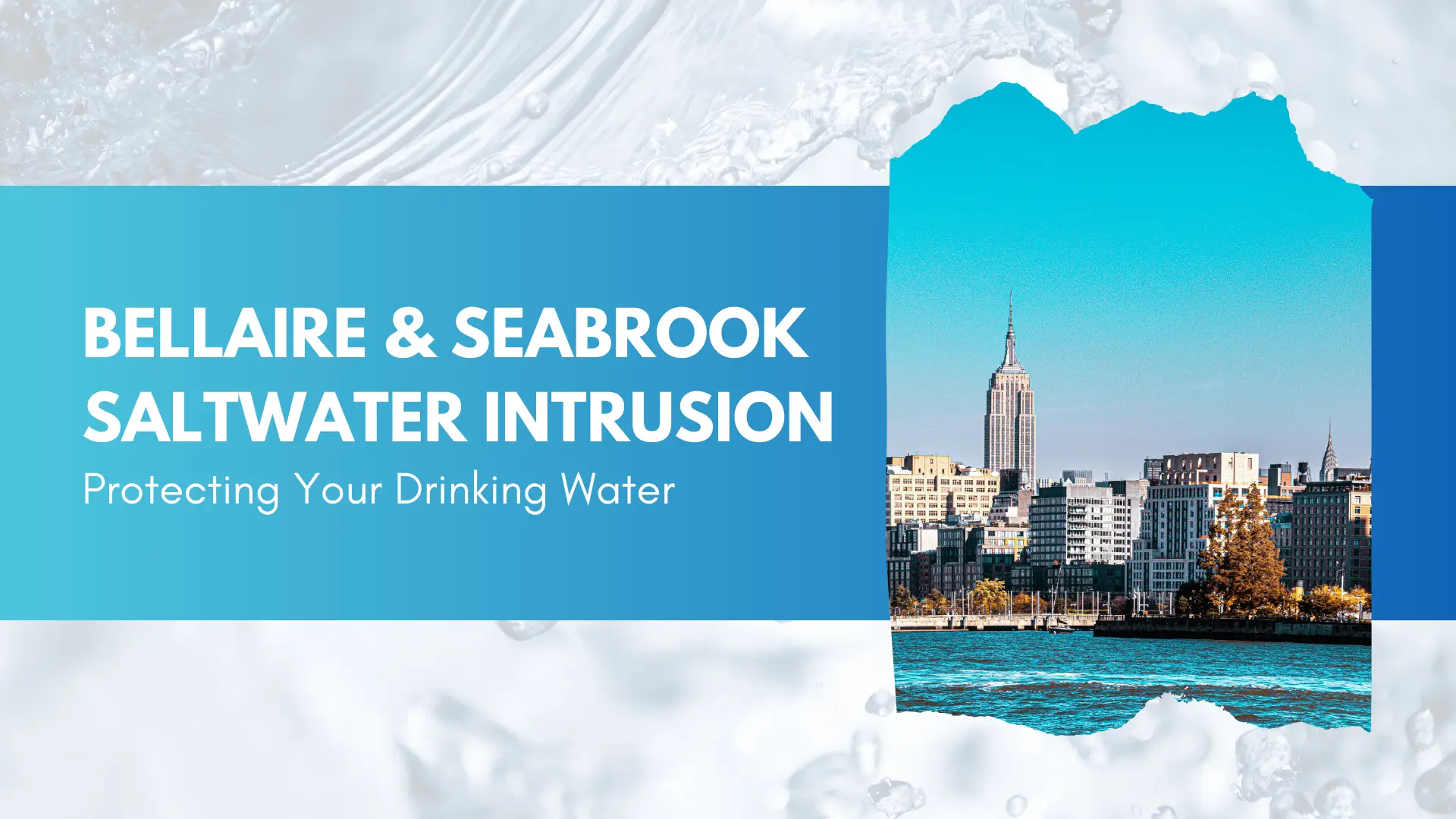If you’ve lived in Bellaire or Seabrook for any length of time, you’ve probably heard neighbors talk about the water. Maybe you’ve noticed a salty taste, a chalky film on your faucets, or questions about what’s really in our tap. Living near Galveston Bay and the Gulf Coast means our water is always tied to the health of the Gulf Coast Aquifer system — and that’s where saltwater intrusion becomes a real concern.
This article breaks down what’s happening with local water quality, what it means for your family and home, and what you can do to stay ahead of the problem.
Why Saltwater Intrusion is on Our Doorstep
Bellaire and Seabrook both rely on groundwater from the Gulf Coast Aquifer, a huge underground system of sand and clay layers that stretches across much of Southeast Texas. This aquifer provides fresh water to millions of people, but because it sits so close to the Gulf, it’s always at risk of saltwater seeping in.
Here’s the simple science: fresh water naturally pushes against salt water underground, keeping it from moving inland. But when too much groundwater is pumped out, or when sea levels rise, that balance gets disrupted. Salt water begins to creep into zones that used to hold only fresh water. The Texas Water Development Board has confirmed that parts of the aquifer near the coast already show elevated sodium and chloride levels, a clear sign of saltwater intrusion.
That doesn’t mean the tap water in Bellaire or Seabrook is unsafe today — both cities’ most recent reports show compliance with federal standards — but it does mean the trend is worth watching closely. Once saltwater gets into an aquifer, reversing the damage is nearly impossible.
What’s in Bellaire and Seabrook’s Water Today
If you’ve ever wondered exactly what’s coming out of your tap, the Consumer Confidence Reports (CCR) published by each city give some answers. Let’s walk through the main issues that matter for daily life.
Salinity and Salt Intrusion
Although not yet above federal limits in either city, salt levels are creeping upward in certain areas of the aquifer. That salty edge can show up as a briny taste, metallic aftertaste, or corrosion in plumbing.
Hard Water Minerals
Calcium and magnesium are naturally present in our groundwater. They aren’t dangerous to health but cause the familiar “hard water” problems: chalky scale on faucets, cloudy glassware, stiff laundry, and shortened lifespans for water heaters and dishwashers.
Chlorine and By-Products
Like every public system, Bellaire and Seabrook disinfect with chlorine to keep water safe from bacteria. The reports show levels within legal limits, but chlorine can react with natural organic matter to form disinfection by-products. These may not be dangerous at current levels, but they can affect taste and odor. Bellaire’s 2024 report even noted a missed quarterly disinfectant test — not a violation, but enough to make residents cautious.
Trace Metals
Metals like arsenic and barium occur naturally in the Gulf Coast Aquifer but are showing up well below federal limits in both Bellaire and Seabrook. The bigger worry is from older plumbing, where lead or copper can leach into drinking water. Seabrook’s testing showed most homes safely under action thresholds, but no homeowner wants to gamble with outdated pipes.
PFAS and Emerging Chemicals
PFAS — often called “forever chemicals” — are now on the EPA’s radar. They’re linked to long-term health risks and are tough to filter out. Bellaire and Seabrook haven’t reported exceedances, but Texas-wide monitoring is ramping up. Many residents are already asking how to protect themselves before these chemicals even show up in local reports.
Why It Matters for Your Home and Health
Saltwater intrusion and other water quality issues aren’t abstract — they affect everyday life in Bellaire and Seabrook.
- Taste and Smell: Briny, metallic, or chemical flavors in your water glass.
- Appliances: Scale clogs up dishwashers, coffee makers, and water heaters, cutting years off their lifespan. Salt and hardness together accelerate this process.
- Plumbing: Corrosion eats away at pipes, causing leaks, rust stains, and potential lead or copper leaching.
- Health: High sodium levels can be risky for people with high blood pressure or kidney conditions. PFAS and other emerging contaminants are linked to much more serious long-term health effects.
- Wallet: More soap, more repairs, higher energy bills when appliances struggle — poor water quality adds hidden costs.
Signs You Might Already Have a Problem
You don’t need lab gear to suspect something’s wrong. Here are everyday clues:
- Water that tastes salty, bitter, or metallic
- White film on shower doors, faucets, or dishes
- Brown or orange stains around sinks and tubs
- Soap that won’t lather easily
- Coffee or tea that tastes flat or “off”
- Appliances breaking down sooner than expected
- Cloudy or discolored tap water
If you’re seeing two or three of these, it’s worth scheduling a water test.
What the Reports Say
Bellaire’s 2024 Drinking Water Quality Report confirms compliance with all primary federal safety standards but noted the missed disinfectant test. Seabrook’s 2023 report showed regulated contaminants well below limits. Both cities continue to monitor and adjust, but the Gulf Coast Aquifer itself is changing — and that’s the bigger long-term concern.
The Texas Water Development Board has documented growing saltwater intrusion in coastal aquifers across the region. In plain terms, the clock is ticking.
What You Can Do About It
1. Get Your Water Tested
This is the single most important step. Start with hardness, pH, chlorine, sodium, chloride, and lead. If you want peace of mind, include PFAS and TDS (total dissolved solids).
2. Stay Informed
Read the annual Consumer Confidence Reports for Bellaire and Seabrook. Pay attention to sodium, chloride, and TDS trends, not just whether the water “meets standards.”
3. Install a Water Softener
If scale buildup is your issue, a water softener can protect your pipes and appliances. The right softener reduces calcium and magnesium without unnecessarily increasing sodium.
4. Add Filtration Where You Need It
Activated carbon filters improve taste and remove chlorine by-products. Reverse osmosis units can handle sodium, chloride, and even PFAS. Whole-house systems are best if you want every tap protected, while under-sink filters are more budget-friendly.
5. Upgrade Older Plumbing
If your home was built decades ago, replacing lead or copper pipes eliminates one more risk.
6. Partner with Experts
Local companies familiar with Gulf Coast aquifer issues can help you choose the right system. Saltwater intrusion isn’t the same as just “hard water,” and you want equipment tailored to your situation.
How Aquapure Helps Families in Bellaire & Seabrook
Aquapure has been working with Texas homeowners for over ten years, and we’ve seen these exact problems play out across Bellaire, Seabrook, and other Gulf Coast communities. Here’s how we approach it:
- Customized solutions for your home’s unique water challenges
- Free installation and support by certified technicians who know local conditions
- Easy financing with $0 down and Buy Now – Pay Later options, so you don’t have to delay protection
- Lifetime warranty, which is peace of mind when you’re investing in your family’s water
- Texas-owned and family-operated, which means we’re neighbors, not a distant corporation
Whether it’s a water softener to handle scale or a filtration system for chlorine and PFAS, the key is starting with a proper water test and tailoring the solution.
The Gulf Coast Aquifer: Why It’s at Risk
The Gulf Coast Aquifer is a layered system of sands and clays. Over-pumping lowers the pressure in the freshwater zones, letting saltwater from the Gulf or deeper layers creep in. Rising sea levels make the pressure imbalance worse, and natural faults can provide pathways for saltwater to move quickly.
That’s why cities like Bellaire and Seabrook are keeping such a close eye on chloride and sodium levels. Once an aquifer zone goes salty, it usually stays salty.
Frequently Asked Questions
Is Bellaire tap water safe?
Yes, according to the latest city report it meets all federal and state safety standards. But “safe” doesn’t always mean ideal — you may still deal with hard water, chlorine taste, or emerging contaminants that aren’t yet regulated.
Do I need a water softener in Bellaire or Seabrook?
If your faucets have white scale or your water heater struggles, yes, a softener can save you money and hassle. Many homes here have hard water.
Could saltwater intrusion ruin my well?
It’s possible. If your home relies on a private well, saltwater intrusion could raise sodium and chloride levels to the point where the water tastes bad, corrodes plumbing, or is unsafe for those with health conditions. Testing is the only way to know.
How much does it cost to fix water quality?
That depends on your home and system size. A simple filter might be a few hundred dollars, while whole-house solutions cost more. With Aquapure’s $0 down financing and lifetime warranty, many families spread the cost out comfortably.
What about PFAS? Are they in our water?
No exceedances have been reported in Bellaire or Seabrook, but PFAS are on the EPA’s watchlist, and new rules are coming. If you want extra peace of mind, test for them and consider reverse osmosis or activated carbon filtration.
The Bottom Line
Saltwater intrusion is a slow-moving threat, but it’s real for Bellaire and Seabrook. Even if today’s reports show compliance, tomorrow’s conditions could be different. Hard water, chlorine by-products, and aging plumbing already affect daily life here, and saltwater intrusion adds another layer of risk.
The good news? You can protect yourself. Start with a water test, watch the local reports, and choose filtration or softening systems tailored to your home.
And if you’d like a little help, Aquapure offers free testing, customized solutions, certified installation, easy financing, and lifetime warranty — all from a family-owned Texas business that understands Gulf Coast water.
Ready to protect your drinking water? Request a free water test today and make sure your family’s water stays safe, clean, and reliable.



